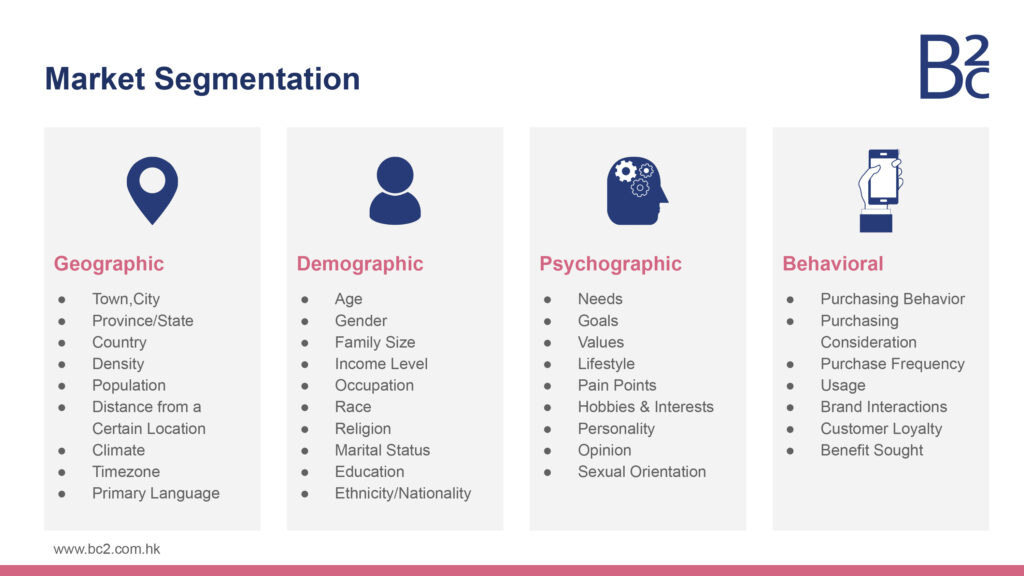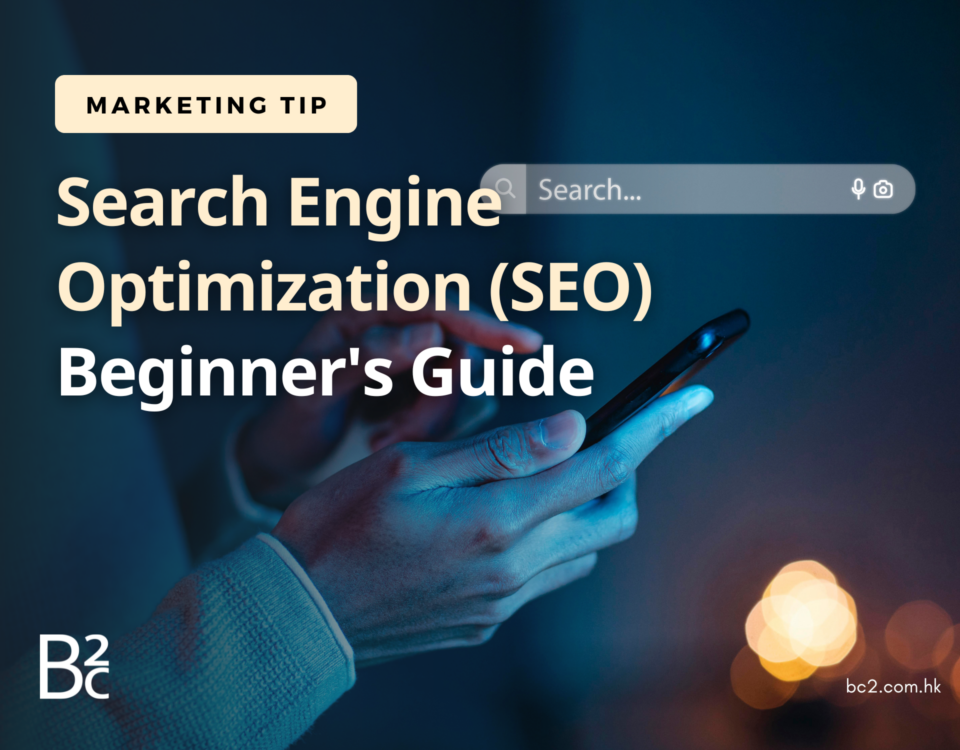


Fortune 500 companies are eliminating chief marketing officer roles as the position experiences a decline in influence within the C-suite
January 24, 2024


Practical Tips for Connecting Brands & Customers
February 3, 2024With the increasing competitiveness in the market, the success of a brand is no longer solely determined by the quality of the product itself. It requires the establishment of a strong and unique brand image. In this highly competitive business environment, understanding your brand and target audience becomes crucial. Through a deep understanding of the brand’s core values, positioning, and target audience, businesses can formulate more targeted marketing strategies, enhance brand visibility, and win consumer loyalty.

Determining the Core Values of the Brand
Firstly, the core values of the brand are the fundamental reasons for the brand’s existence and the core beliefs that the company upholds. The core values of a brand should be unique, resonate with consumers, and differentiate itself from competitors. For example, Apple Inc. emphasizes innovation, design, and user experience as its core values, making its products stand out in the market. Understanding and clearly expressing the brand’s core values help establish a solid foundation for brand building.
Secondly, the brand’s positioning refers to the brand’s position in the target market. This includes not only the attributes of the product or service but also the brand’s value proposition and differentiation from competitors. Understanding the brand’s positioning helps businesses clarify their position in the market and find their competitive advantage. For instance, a high-end handmade leather goods brand may choose to position itself as luxurious and exquisite, distinguishing itself from the mass market. Clear positioning helps establish a unique image in the minds of consumers, enhancing the brand’s attractiveness.
In-Depth Understanding of the Target Audience
After understanding the basic elements of the brand, the next important step is an in-depth understanding of the target audience. The target audience is the lifeblood of the brand, and understanding their needs, values, and consumption behavior is the foundation of a successful marketing strategy. Through market research and data analysis, businesses can obtain valuable information, such as the age, gender, geographic location, and interests of the target audience. This information helps businesses better understand the psychology and behavior of the target audience, allowing adjustments in product design, marketing messages, and promotional activities to better cater to their needs. Subsequently, establishing a marketing strategy that aligns with the needs of the target audience will be the key to standing out in the market.
Here're 4 types of market segmentation:


For example, a health-focused food company may target young professional women who prioritize healthy eating. Through in-depth understanding, they may discover that these women are more concerned about convenient, nutritionally balanced food and have a certain level of interest in the raw materials and production process. Therefore, the company can adjust the product formula and emphasize its health, convenience, and reliability to meet the needs of the target audience.
In addition to basic demographic information, further understanding the target audience’s lifestyle, values, and media usage habits is crucial. This helps businesses choose appropriate marketing channels and communication methods to ensure that brand information is accurately conveyed to the target audience. For example, if the target audience is mainly active on social media, businesses can use targeted advertising on social media platforms to increase brand exposure.
Building Emotional Connections with the Target Audience
Furthermore, building emotional connections with the target audience is also a crucial part of brand success. Consumers are generally more willing to establish long-term relationships with brands that resonate with them emotionally. This requires brands to understand the emotional needs of the target audience and convey corresponding emotional values in marketing activities. A successful example is Coca-Cola, whose marketing not only emphasizes the taste of the product but also incorporates optimistic and joyful emotional elements, winning the love of a wide range of consumers.
In summary, understanding your brand and target audience is the cornerstone of successful marketing. The core values and positioning of the brand determine its fundamental aspects, while an in-depth understanding of the target audience provides a strong marketing direction for the brand. This requires businesses to conduct in-depth market research, accurately grasp market dynamics through data analysis and consumer insights, and formulate more targeted marketing strategies. Through these efforts, businesses can better connect with consumers, enhance brand loyalty, and stand out in the competitive market.
In the upcoming posts, we will delve into how to establish a connection with the target audience and provide tips on discovering the core values of your brand. Please continue to follow and stay tuned for updates on our Instagram!
Are you looking for a trusted brand strategic partner?
BC2 Media is an expert in branding and marketing strategies. Our teams have many years of experience in marketing across various fields and different firm sizes. We have numerous successful cases in brand building and defining solid strategies for brands. Contact us today at sales@bc2.com.hk for your tailor-made proposal!



